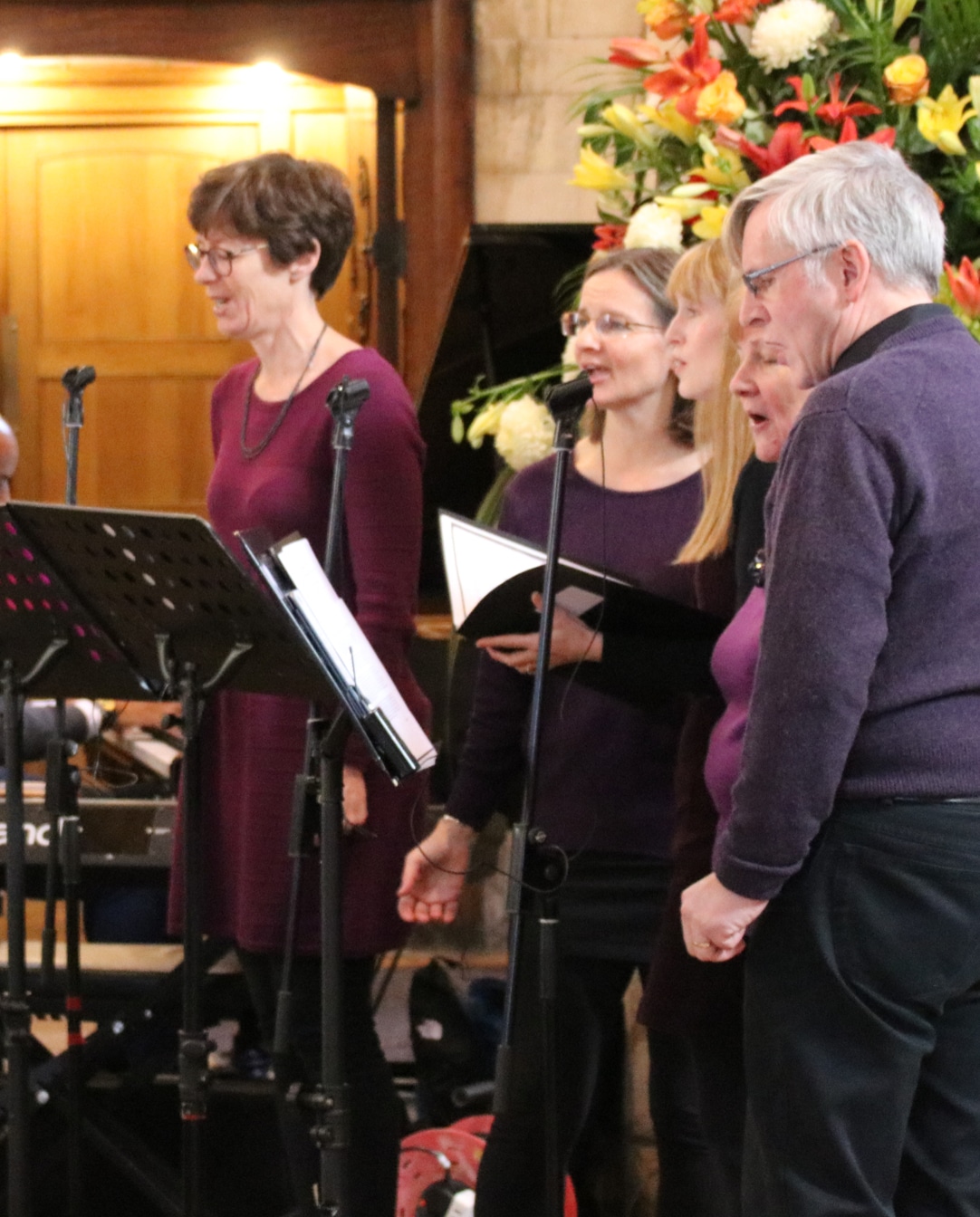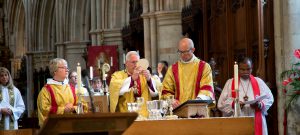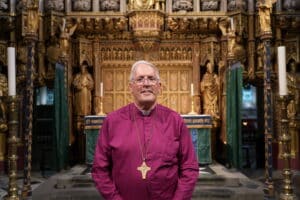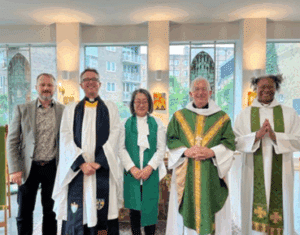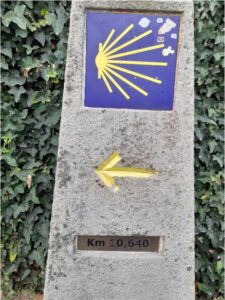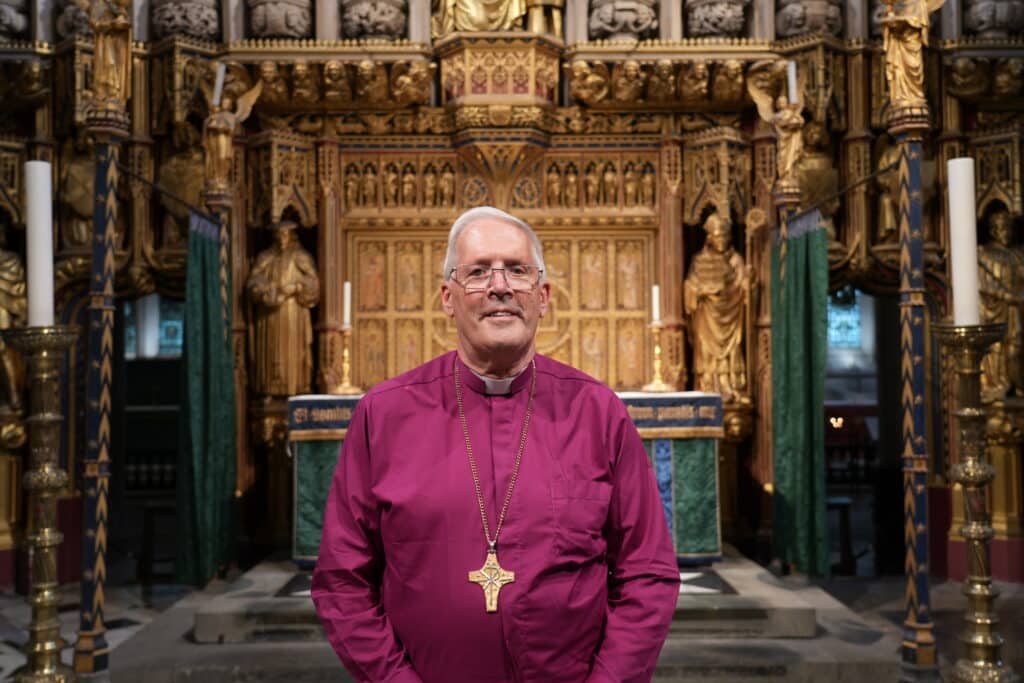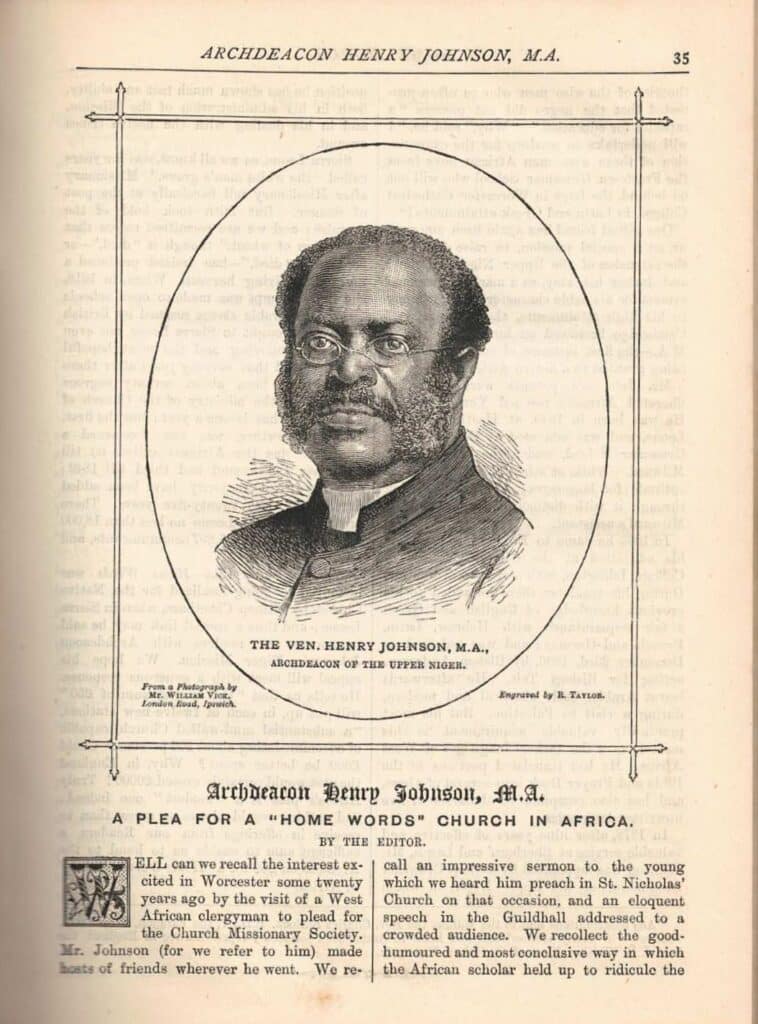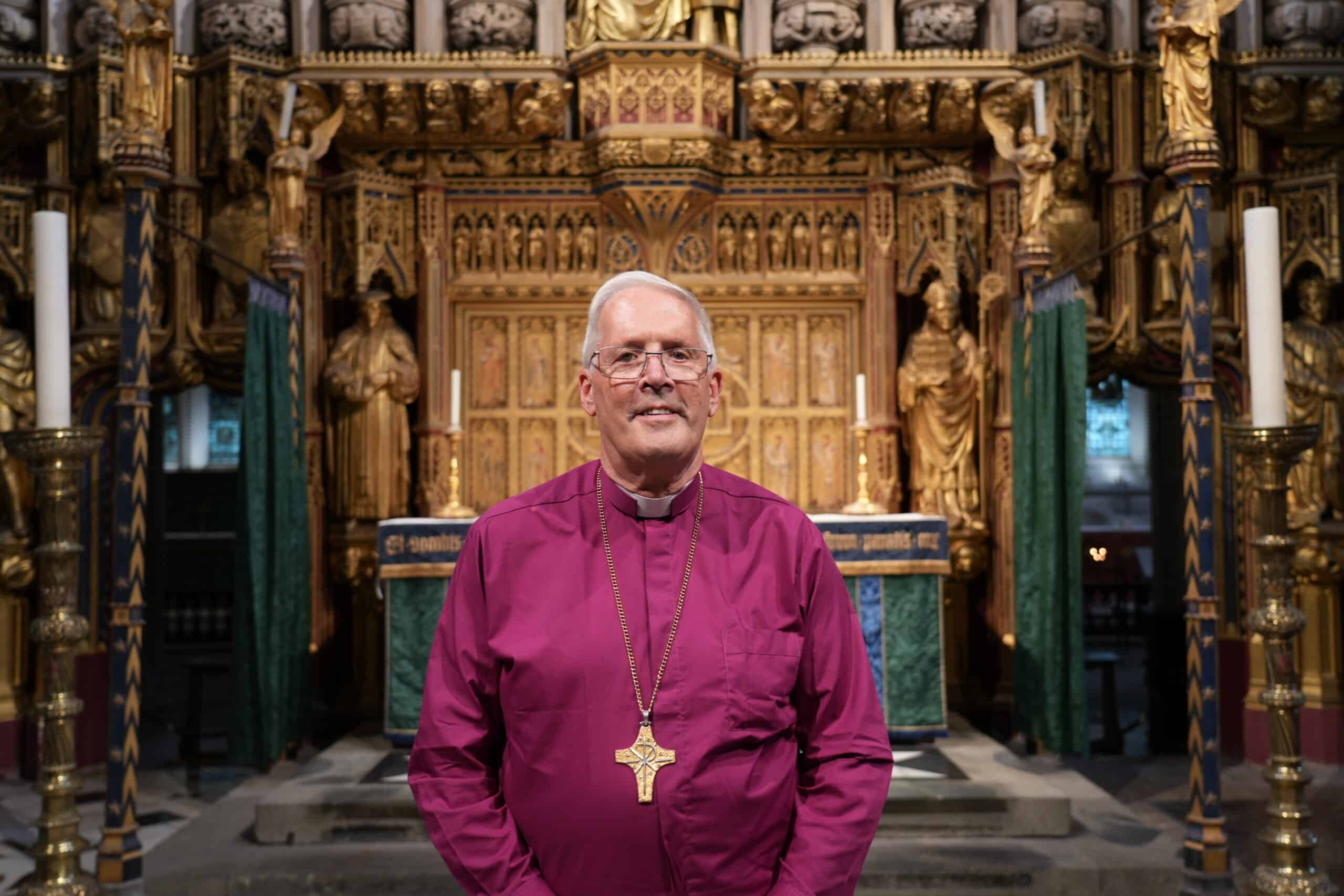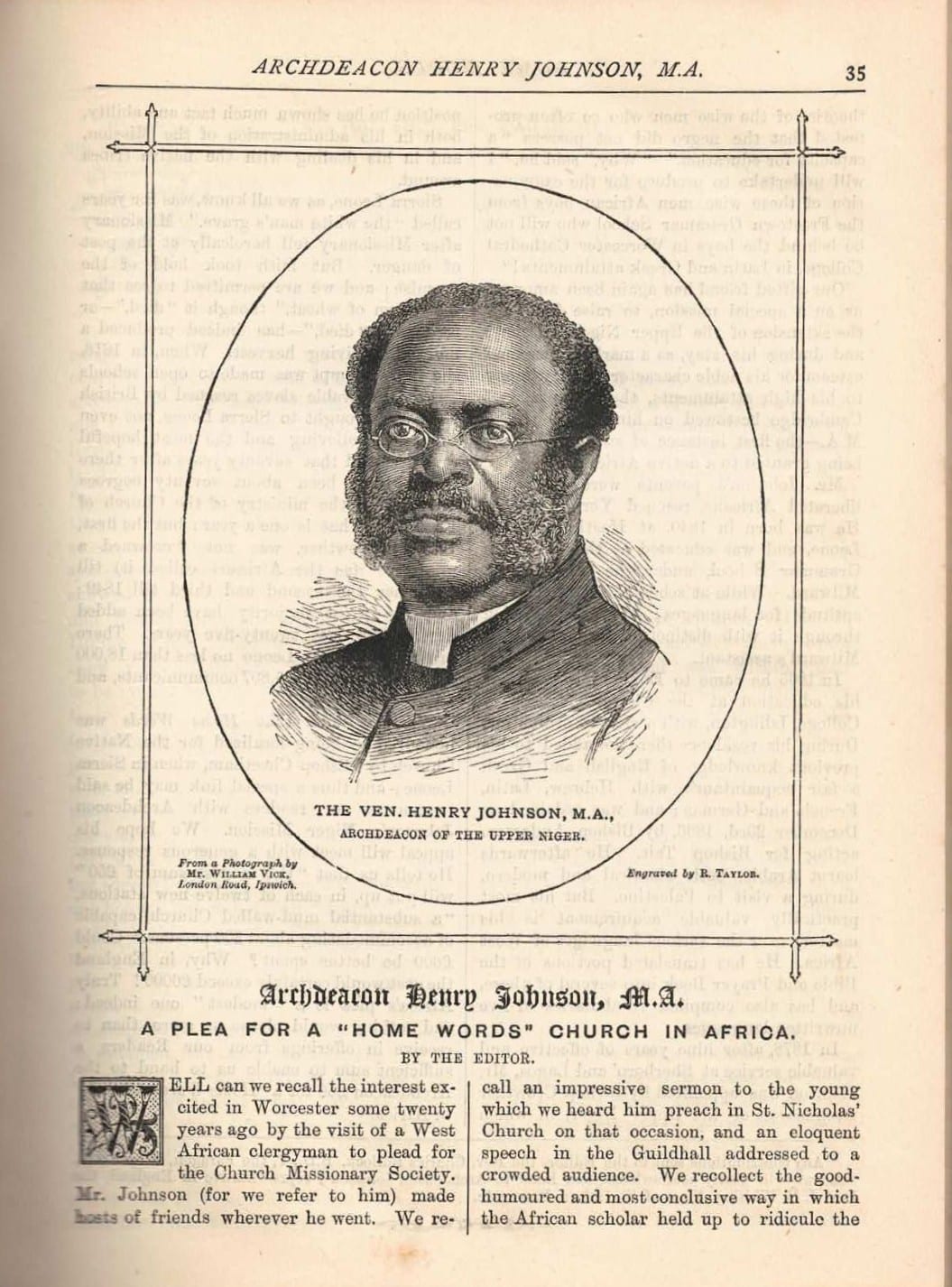Diocesan Secretary Nicola Thomas writes…
Safeguarding is at the very heart of everything we do – and that could not be achieved without the efforts of our ministers and volunteers in parishes across our diocese. We are so grateful for their hard work and dedication in helping our churches to be safe and welcoming places for all.
In February, the General Synod (which is the Church of England’s national governing body) discussed the Future of Church Safeguarding in a rigorous and respectful debate. You can watch the proceedings via this link.
The discussions, following several high-profile safeguarding cases, sought to ensure that the lessons of the past were embedded in frameworks that support our communities in the future. Essentially, the General Synod approved a move towards more independent safeguarding structures in dioceses and nationally.
The General Synod asked for more work to be done on the legal and practical requirements for a fully independent safeguarding model (known as Model 4), but agreed to move some elements of safeguarding to an independent model in the short term (Model 3). The combination of putting in place Model 3 now with work towards Model 4 has now been dubbed Model 3.5.
This model includes:
- Setting up an external scrutiny body, which is likely to be on a statutory basis in order to give it regulatory power – and so would require legislation
- Transfer of most functions currently delivered by the National Safeguarding Team (NST) – except policy development – to an external employer, eventually and after all
- development, consultation and legislative processes are complete
- Further work to determine the legal and practical requirements necessary to implement model 4 – which would involve the transfer of all 85 safeguarding teams in dioceses and cathedrals to the same external employer as the NST
The motion, including amendments, was overwhelmingly approved.
We particularly welcome the General Synod’s amendment to the motion to “lament and repent of the failure of the Church to be welcoming to victims and survivors and the harm they have experienced and continue to experience in the life of the Church.” We owe a huge debt to the courage of victims and survivors of abuse – we must learn from their experiences and work to make our churches safer for all .
These big structural changes cannot happen immediately. There are processes to follow in order to ensure everyone is properly supported while detailed policy development work is completed, and legislative processes are implemented. We are forming a response to the Charity Commission (as are all dioceses) on the changes regarding practical obstacles and challenges, especially for trustees who are responsible for safeguarding in their organisations.
In the meantime, there is currently no change to the way parishes, PSOs and incumbents work and support safeguarding in our diocese and parishes. Parishes will be kept updated and supported through any changes as they come into force.
